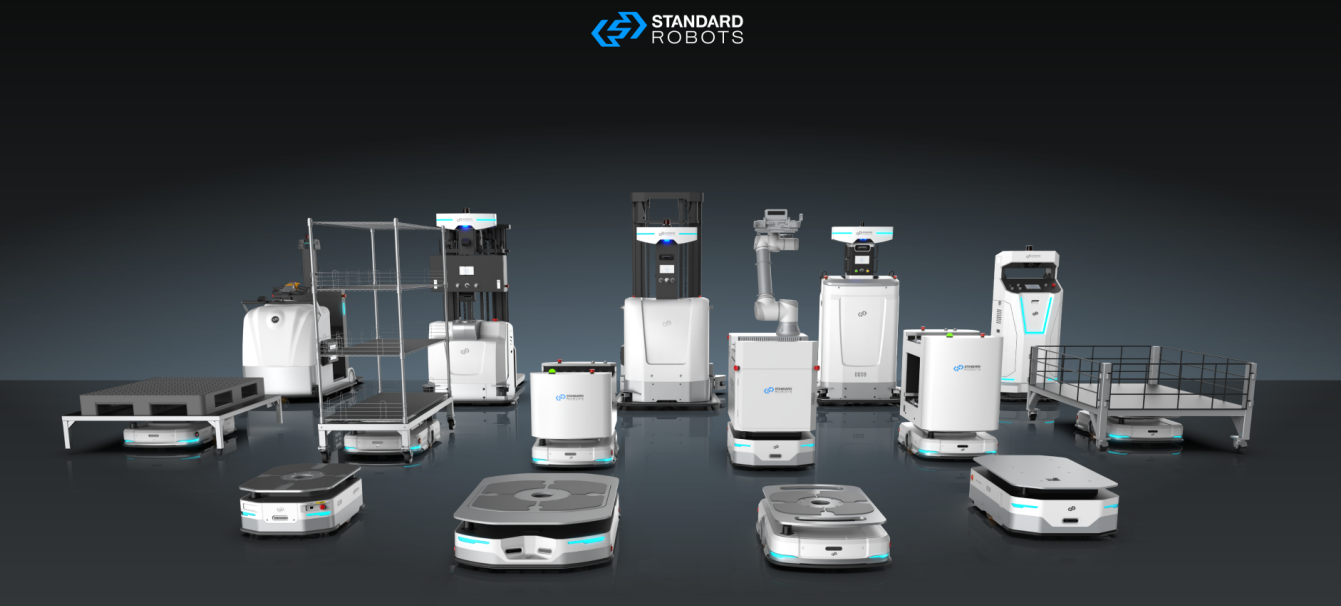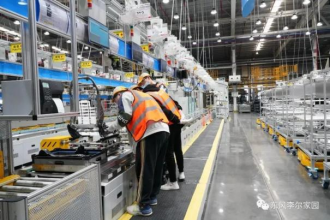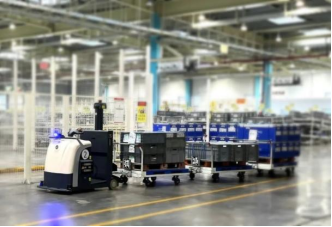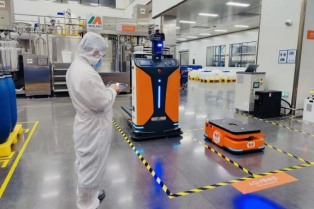The essence of corporate competition lies in the competition over efficiency and cost.
Implementing different factory logistics strategies may cause vast discrepancy of efficiency while investing equivalent time, financial resources, etc. Thus, how to consistently improving production efficiency becomes a key to ensuring corporate sustainable development, a challenge that businesses need to address.
So, before we figure out how to improve the factory production efficiency, there are several obstacles we need to know about.
Workforce Shortage
The manufacturing industry is facing large shortage of workforce. Therefore, the production takt will be forced to slow down, and even stop. Robot as a supplementary solution to workforce could perfectly cope with heavy and tedious duty, which ensures work safety and health.
Low Communication Efficiency
In factory, the communication efficiency may be affected by some objective issues, such as time and description inaccuracy. The so called funnel effect leads to severe influences to production efficiency.
Inefficient Task Allocation
Tasks or plans may not be satisfactorily implemented due to poor connectivity in shipping, production, material progress and relevant tasks, and due to an imbalance in production, workshop and operation, increasing difficulty on managing production process and schedule.

Case Study on Factory Efficiency and Automation Improvement
Dongfeng Lear: A Top 10 Intelligent Factory in Wuhan
As one of the most advanced car seat manufacturers, Dongfeng Lear has deeply integrated information technology and seat manufacturing innovations in its intelligent factory. Additionally, the digital management helps accelerate industrial integration.

Standard Robots has worked alongside Dongfeng Lear to create smart manufacturing facilities featuring flexible logistics solutions. Over a hundred of Standard Robots' lifting AMRs were deployed in Dongfeng Lear's Yunhe factory, which reduces production and management expenditure, mitigates for storage pressure of car parts in factory, and enhances productivity significantly. This collaboration has produced a highly successful model for domestically produced, intelligent car seat manufacturing, and serves as a pilot concept for similar manufacturers.
Toyota: Zero Defect Rate Factory
All production lines at Toyota have received the highest evaluation with zero defect rate for three consecutive years in Toyota global quality inspection, setting a record in Toyota's overseas factory, and won consumers' trust.

In the final assembly workshop, 6 innovative autonomous tugger, the Gulf-3000, coupling with trolley automatically, and then carry a maximum of 3 tons components and parts to the assembly lines. This solution helps the factory improve their internal logistics efficiency and enable logistics automation.
BAWEI: A Super Factory at Cosmetic Industry
BAWEI is a renowned enterprise in China that collaborates with many global cosmetic brands such as Unilever, Dove, and Watsons. In recent years, BAWEI has consistently strengthened digital management, smart control and precision productivity, based on insisting its ideals of innovation and intelligent transformation.

Over 10 lifting AMRs, roller AMRs, and autonomous forklifts have been deployed in BAWEI. Furthermore, by connecting the MES and WMS systems at BAWEI’s factory through the Standard Robots’ self-developed RIoT platform, the internal material logistics efficiency has seen a robust improvement.
Why Standard Robots
Self-developed laser SLAM positioning and navigation technology can achieve fast deployment without workspace modifications such as magnetic tapes and QR Code installation. Even in the complex environment, SLAM technology ensures that AMRs maintain the stability, flexibility and accuracy of navigation.
Designed for smart factories and the manufacturing industry, the RIoT can seamlessly couple with customers’ own systems, such as MES, MCS, WMS, ERP and APS, to automate AMR fleet dispatching and information management.
Efficiency improvement
The SLAM algorithm can flexibly optimize feeding takt and traffic management in the production line, ensuring the efficiency of material transportation.
Information integration
As mentioned, the RIoT can smart track the material and storage information at the factory, satisfying entire cycle management of storage logistics by connecting with factory’s system.
High compatibility
The RIoT can connect with other facilities such as elevators, doors. This means that the system can integrate with the existing systems to accelerate production optimization and aid in decision-making and process control.
Factory automation transformation tops the priority list for more businesses. It brings advantages such as enforcing human-machine collaboration, improving efficiency and safety in work environments. Standard Robots continues to innovate and further explores flexible logistics applications within the industry, and remains dedicated to offering customer-centric, one-stop solutions tailored to market requirements, thereby helping businesses achieve their goals.
